Today, let’s dissect and reconstruct a deeply ingrained fitness axiom: “No pain, no gain.” This phrase, a longstanding tenant in the fitness world, suggests that pain is a prerequisite for progress. But let’s take a step back and ask, is pain truly a necessary component of an effective workout?
The Origin and Misinterpretation
The saying “No pain, no gain” has roots in the idea that pushing beyond comfort zones is essential for growth. While this holds some truth, the phrase has been widely misinterpreted. Pain, especially sharp or acute, is the body’s distress signal, indicating potential harm or injury.
Understanding Good Pain vs. Bad Pain
It’s crucial to differentiate between the burn of a muscle being appropriately challenged and the warning signs of potential injury. Muscle soreness, or delayed onset muscle soreness (DOMS), is a natural response to new or intense exercise, signifying adaptation and growth. However, sharp, stabbing, or joint pain signals something wrong that shouldn’t be ignored.
The Dangers of Overtraining
Persistently training through pain can lead to overtraining syndrome, characterized by diminished performance, increased injury risk, and general burnout. Recognizing the difference between pushing your limits and pushing into dangerous territory is key to a sustainable fitness journey.
A More Nuanced Approach
A smarter approach is tuning into your body’s cues. Understanding when to push through a tough but manageable workout and when to ease off is a skill developed over time. The true measure of a workout’s effectiveness lies in its ability to balance challenge and self-care.
In conclusion, while challenging yourself is a part of growth, pain should not be the yardstick by which we measure our workouts’ success. Instead, let’s focus on a balanced approach that prioritizes well-being alongside progress.
